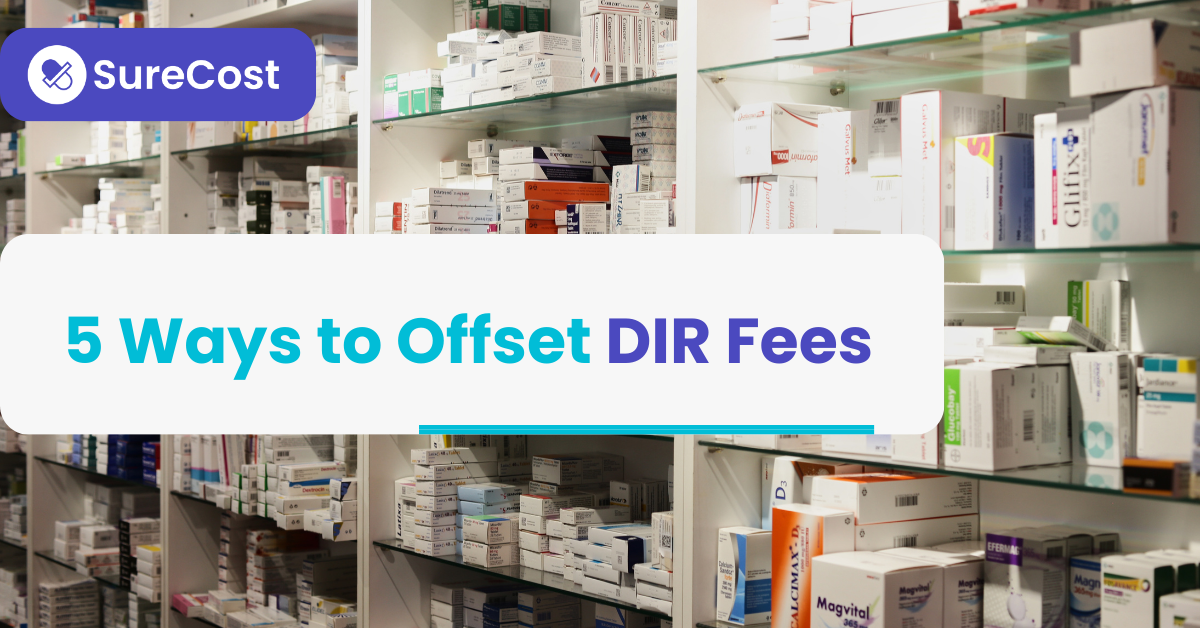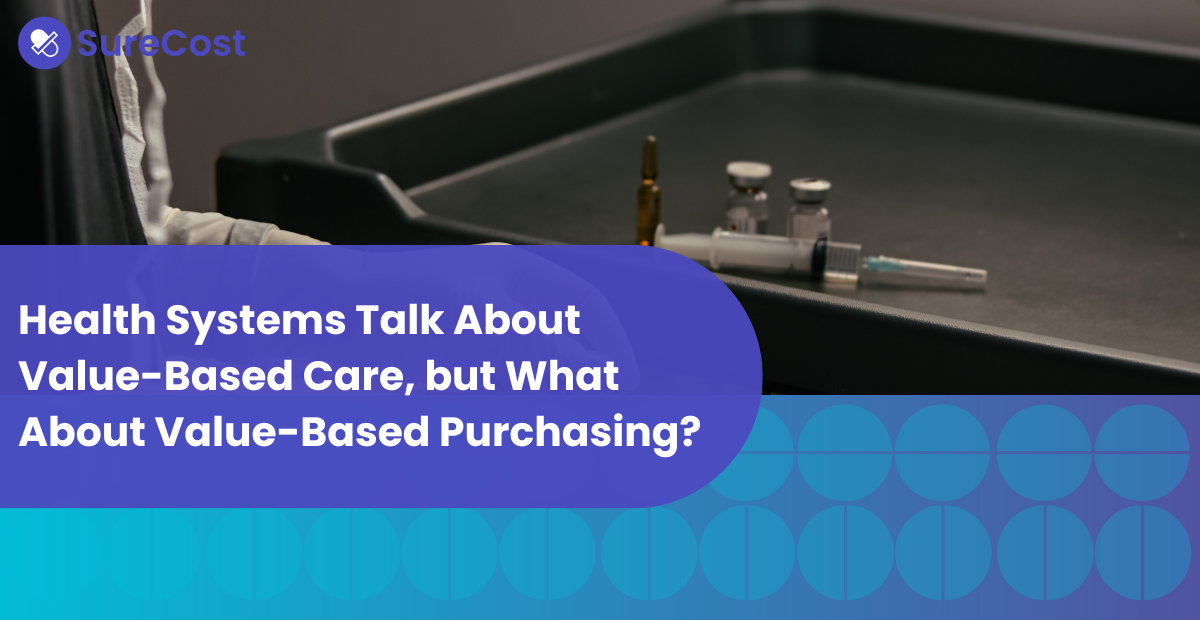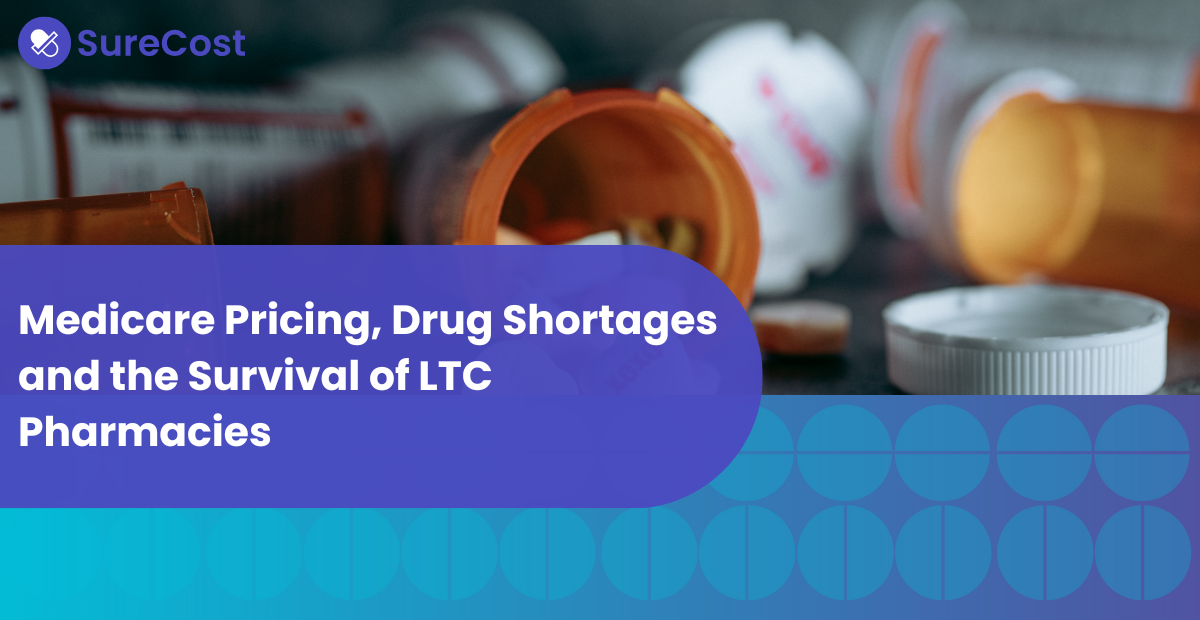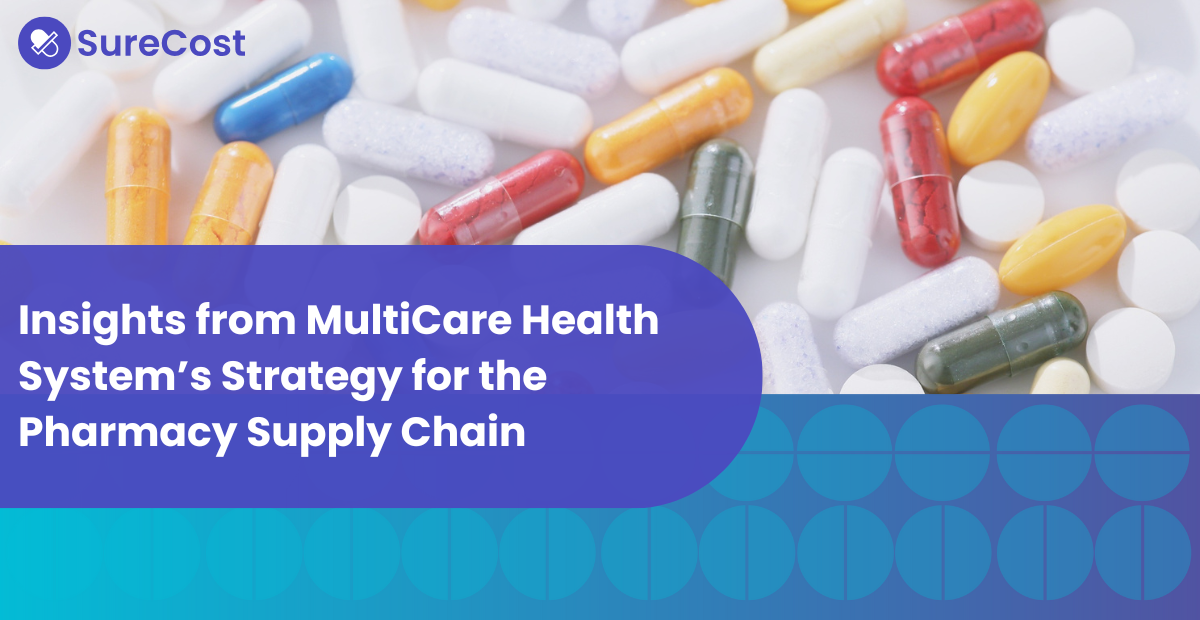2024 isn’t a happy new year when it comes to the Direct and Indirect Remuneration (DIR) fees.
DIR fees are price concessions that are negotiated between PBMs and pharmacies that participate in Medicare Part D networks. As one white paper shows, DIR fees can already drastically reduce your pharmacy’s profit margins. Yet effective January 1, pharmacies now pay twice the amount of DIR fees: both retrospective DIR fees from 2023 and point-of-sale fees for the current year.
The final rule from CMS merely moves the fees to the point-of-sale negotiated price but does not eliminate the fees. Although the pharmacy community has consistently pushed for the elimination of retroactive DIR fees, the final ruling still creates some uncertainty and financial impacts on pharmacies. CMS acknowledges the possibility that changes in cash flow may cause some already struggling pharmacies to decrease services or medication availability, and/or be unable to remain in business, which may impact pharmacy networks.*
The fluctuations in product costs affect how much your pharmacy charges for products, which forces patients to shop for better prices. Pharmacies lose patients, and the competition between them just gets harder. It all amounts to negative impacts on your pharmacy’s cash flow.
Pharmacies are already scrambling to offset these DIR costs. In an NCPA survey, 64% of respondents said they were putting aside cash for their estimated DIR fees. 42% applied for loans, while 23% paid consultants. We also know from current customers that these DIR fees can range from 2%-8%+ of their revenues.
All of these approaches involve pharmacies taking money away from their business. To offset the burden of DIR fees while staying competitive, your pharmacy needs to save money.
Fortunately, by leveraging smarter purchasing, you can consistently find the best purchasing options for your patients and your business. You’ll save more, drive compliance, and increase efficiency. You’ll also overcome the DIR “hangover.”
Find the Best Prices
The pharmacy purchasing ecosystem isn’t designed for transparency. The market is filled with wholesalers and vendors using different catalogs, rebate structures, and purchasing interfaces. For many pharmacies, trying to find the best price means wasting hours and exhausting staff just to shop catalogs. And that often leads to apples-to-oranges price comparisons. It’s impossible to manually check this web of purchasing data. The lowest price you happen to see—poring over all those catalogs and juggling windows on your screen—isn’t necessarily the best cost nor the best use of your time.
A smarter purchasing solution combines all of your purchasing sources into one interface. That means your wholesaler as well as all of your secondary vendors along with any GPOs or similar agreements that you may have. Alongside visibility into market pricing, you’ll also be able to place all purchase orders through one solution (not multiple websites), showing the true costs, including rebates.
Smarter purchasing also provides a quick and easy tool to compare products by unit price, view all vendor prices for each NDC, and find the true best option. Pharmacies have discovered they can save even more by shopping outside the Top 200 generic medications. In fact, 65.5% of SureCost users reported that their savings came from equivalents under different brands, package sizes, units of use, or unit doses beyond the Top 200.
Maximize Rebates
Rebates can mean huge savings for your pharmacy. But it’s difficult and time-consuming to track all of them alongside other purchasing decisions and responsibilities. With smarter purchasing, you ensure compliance while purchasing strategically.
“Primary Vendor Assurance” ensures you’re complying with your primary vendor contract while maximizing their available rebates. You can automatically drive to items based on preset targets. Formulary overrides let you lock in the right items and sources. You know you’re meeting parameters like:
- Total generics percentage
- Total generics percentage spend
- Total product spend
- Total product volume
Accurate data and robust analytic tools optimize overall purchasing and let you calculate rebates based on their actual performance. You can also analyze metrics like total spend on brand versus generic products or compare source products versus PBM-contract items to reach the highest margin.
With enhanced visibility into purchasing data and rebate performance, you can identify trends and opportunities for improvement. For example, once you know you’re meeting current rebate targets, you may concentrate on purchasing products with even better rebate potential. You may also adjust purchasing strategies to hit higher rebate tiers.
Ensure Vendor Compliance
You should always get the right items at the correct quantities for the agreed-upon price. It sounds simple, but everyone—even vendors—makes mistakes.
Products shipped to you must match your orders precisely. That includes drug type, quantity, and packaging. The package level itself has requirements for DSCSA compliance. Pharmacies should routinely verify received products against purchase orders. But you also need to check that vendors are honoring their contracts and agreements and that they’re applying negotiated pricing, rebates, and discounts. That’s assuming deliveries arrive on schedule, minimizing interruptions to patient care and your regular pharmacy operations.
A regular auditing process is crucial. Comparing invoiced prices against contractual terms can reveal costly hidden discrepancies. An analysis of SureCost users found that, for a pharmacy with an average annual purchasing volume of $3M, even just 0.18% of invoices being higher than the actual amount of goods received meant $5,400 in yearly losses.
You should not be paying more without even getting the products you need. But how much stock are you receiving, how often, and with how many people and hours to check all of it?
Smarter purchasing empowers you and your team to proactively resolve purchasing and inventory errors. Leverage technology to automatically track vendor compliance and alert you of any discrepancies. With the right solution, you’ll be able to spot and address issues like unfilled items, pending invoices, held orders, and shorted transfers. Through integration with accounts payable, audits are completed electronically, meaning less paper and fewer missed discrepancies.
Optimize Inventory
Backorders, excess stock, spoilage, shortages, and other inventory challenges can significantly lower your margins. Worse, they can also result in patients not getting their medications, leading to health concerns and a loss of confidence in their pharmacy professionals. If these issues persist, they may look elsewhere for their products.
Smarter purchasing goes hand-in-hand with smarter inventory: an efficient, data-driven, real-time solution for tracking and efficiently managing your inventory. It starts with tools to make counting your physical, on-hand inventory and calculating its value easier. But smarter inventory is more than that.
A perpetual inventory accounts for what’s on your shelves and beyond. It’s a constantly updated snapshot of your inventory that includes data and transactions like current orders, products on the way, items that were removed and why. You can also easily see which purchased orders can be automated. You can avoid out-of-stocks so your patients always get their medications and save yourself time. It also gives a real-time valuation of your inventory based on the last acquired price so you see your products’ actual monetary value.
With an accurate, updated inventory, you can focus on key areas. Use cycle counts to analyze your inventory based on unit cost versus frequency of sales movement. Then, build a strategy around these high-impact items. Flexible reporting can show you insights into other inventory trends. You can avoid waste and excess stock by seeing which goods should be transferred to other locations and tracking that process from initiating the request to receipt.
Leverage Technology
Purchasing, inventory, rebates, compliance, receiving, DSCSA regulations: that’s a lot for a single team—let alone a single pharmacy manager. There’s a lot of software on the market for each facet of your pharmacy, but don’t add “managing multiple systems” to your list.
As the examples above show, smarter purchasing means not siloing your processes and data. It consolidates your work into one solution. We’ve discussed how uploading and tracking multiple purchase orders in different formats is both time-consuming and ultimately detrimental to savings. You can instead, submit one purchase order for all of your vendors. In addition to unifying all of your purchasing data, you can now standardize your goals and strategies across your pharmacy.
Having all of the data at your fingertips, analyzed based on your goals, allows you to standardize your strategy across multiple orders or pharmacy locations. You can also save time by automating repetitive purchasing and inventory management processes.
Finally, smarter purchasing should allow you to truly work smarter. That means integrating seamlessly with the rest of your pharmacy operations. If you’re already using a pharmacy management system, smarter purchasing lets you make purchasing decisions based on dispensing trends while automatically updating your “on-hand” count. Receiving goods, and paying invoices—when they’re correct—requires integration with your accounts payable department. When you’re ready to find a smarter purchasing solution, make sure it fits your needs and existing processes.
A Better New Year With Smarter Purchasing
The DIR “hangover” doesn’t have to sink your pharmacy’s cash flow in 2024. Smarter purchasing enables pharmacies to offset the negative impact of DIR fees. But it can enhance every aspect of your pharmacy operations.
Pricing transparency, smart automation, streamlined operations, and flexible reporting allow you to save more, work smarter, and ensure compliance. It’s not just DIR fees chipping away at your margins. Harness smarter purchasing to thrive in today’s competitive pharmacy purchasing ecosystem.
*Reference: https://public-inspection.federalregister.gov/2022-09375.pdf







.png)